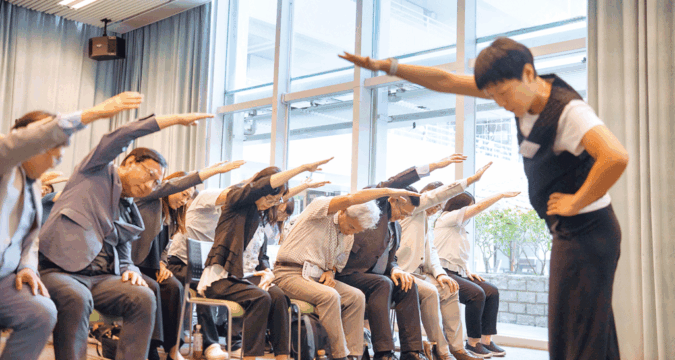
HONG KONG (SE): The Caritas Lai Chi Kok Worker’s Centre hosted a commendation ceremony for workplace health practices on July 22, recognising employers in the elder care sector for their commitment to employee health and safety.
Hong Kong faces challenges from an aging population, with over 70,000 elder residents in care facilities, predominantly cared for by nearly 7,000 underpaid private nursing staff. To address this, Caritas launched a project titled, Improvements to Health and Well-being of Frontline Health Care Workers in Non-subsidised Residential Care Homes for the Elderly, funded by HSBC’s charitable foundation.
Starting December 2024, a workplace health programme under the project introduced 20-minute group stretching sessions into the daily routines of 17 private residential care homes to prevent work-related injuries among nursing staff.
The commendation ceremony was attended by Chan Wai-leung, service head of Caritas Community Community Service, Phoebe Wong Siu-fan, assistant director [licensing and regulation] of the Social Welfare Department, legislators and representatives from elder care organisations who shared their views on the benefits of integrating stretching into work routines for staff well-being and job morale.
An evaluation on the nursing homes taking part in the project conducted between March and June this year indicated that 81.5 per cent of employees experienced increased flexibility and reduced physical strain. However, challenges were identified, such as workload constraints, and recommendations were made to encourage allocating specific times for exercise.
Cheung Kin, associate professor of the nursing department the Hong Kong Polytechnic University as well as Doctor Fan Ning, founder of Health in Action, addressed in a panel discussion about the challenges of integrating exercise into the workflows of private nursing homes and the government’s role in this effort. They shared their experiences in promoting injury prevention education, highlighting manpower issues faced in these settings.
The speakers also emphasised the importance of government initiatives, such as establishing incentive programmes and guidelines, to encourage greater participation from private elderly care facilities.



